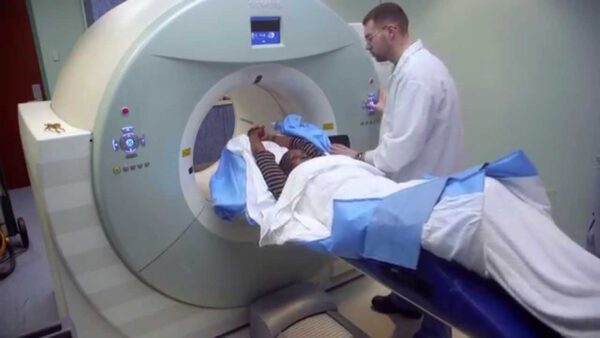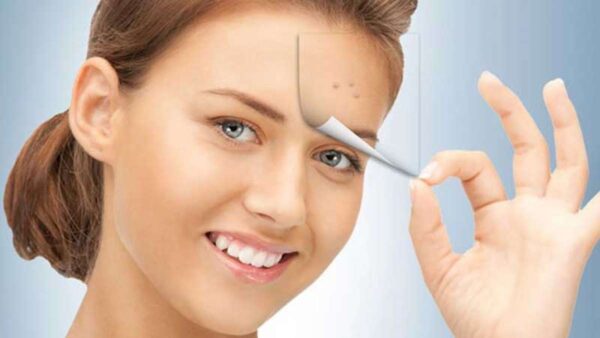If you’ve started to notice that you’re losing hair at an alarming rate, you’re likely in distress. It can feel like your world is off-kilter, especially if you have no solutions. Sometimes, hair loss is related to a medical condition or prescription, so see your doctor to rule those out. In many cases, you can take action to stop your hair from falling out and find solutions to regrow new hair. Follow these tips to help.
1. Look into Medicine
One step you can take to reduce hair loss and regrow hair is to check out medical treatments. Often, you can get medicine over the counter or with a prescription to use immediately. These medicines come in topical form to rub directly on the scalp or in pill form to be taken orally. The two most popular drugs for hair loss are minoxidil and finasteride.
Generally, people are familiar with minoxidil as the topical treatment available under the name brand Rogaine. Finasteride, in contrast, is more commonly prescribed as a pill to be taken once a day. These drugs are approved by the FDA to reduce hair loss and improve regrowth. You can also use a topical finasteride and minoxidil treatment that combines the strength of both. Rub the gel on your dry scalp where you notice hair loss and expect results in a few months.
2. Manage Stress
In the meantime, there are several other measures you can take to slow or stop the loss of your hair. One major contributor to hair loss is stress. And in today’s world, around half of Americans have reported themselves to have elevated levels of stress. In fact, 27% say they are so stressed most days they can’t function. With telogen effluvium, a specific type of hair loss, significant stress causes many hair follicles to enter the resting phase at once. Later, the hair falls out.
The good news is, with this type of hair loss, your hair should grow back naturally when you’re less stressed. Consider taking critical steps to manage your stress levels. Try working fewer hours, scaling back your schedule, and meditating. All the little changes you make now can make a big difference later. Your hairline, and many other parts of your life, will surely thank you.
3. Change Your Diet
Another factor to consider is your diet. A poor diet can just make you feel crappy, but fast food, refined carbs, and excess sugar can also stimulate androgen hormone production. Androgens like dihydrotestosterone can result in the thinning of hair and even baldness. Excess DHT sticks to the hair follicles, gradually shrinking them until hair growth stops. (That’s why finasteride works to block the body’s production of DHT.)
In addition to cutting foods that lead to hair loss, you can add more foods that encourage hair growth. Add healthy fats and protein, which can help grow new hair and thicker hair. Try foods like nuts and seeds, fatty fish like salmon and sardines, and organ meats and Greek yogurt. Your hair is primarily made of the protein keratin, so eating these foods gives your body the building blocks it needs.
4. Check Your Products
Speaking of what to cut and what to add, take a look at your shower shelf. Sometimes, the products you put on your head make your hair fall out! Ingredients like sodium lauryl sulfate and formaldehyde have been associated with hair loss and other scalp issues. While no concrete evidence exists to support these claims, it certainly can’t hurt to avoid these items.
It also can’t hurt to invest in shampoos, conditioners, and other hair products that support healthy hair. Check labels for biotin, caffeine, jojoba oil, coconut oil, green tea, or saw palmetto. All these elements have been shown to help thin hair look thicker and support the natural growth of new hair. Many experts also advise washing and conditioning your hair regularly to clean and stimulate your scalp. Finally, avoid excessively heating your hair as it can lead to breakage, which thins out hair.
5. Consider Cosmetic Procedures
If you feel you’ve tried everything and nothing is working, you can take more extreme measures. Cosmetic procedures like hair grafting and scalp reduction can permanently treat hair loss. In general, these types of treatments are recommended for individuals with sufficient donor sites. These are areas of the scalp where hair is still growing and can be “transplanted” to balding areas. The sooner you make the decision to get a transplant (while you still have hair), the better.
The most common cosmetic treatment, grafting, is an outpatient procedure with few side effects. Some hair follicles will be removed and placed in an area with little to no hair. For scalp reduction, sections of non-hair-bearing scalp are removed and hair-bearing sections are stretched to cover them. In both cases, recovery occurs within a few weeks, and results can be seen in a matter of months.
As with many matters of health and wellness, it’s often best to take a multi-pronged approach. You’ll likely want to start with a topical medication you can apply directly to your scalp. While you’re waiting to see results, you can make various lifestyle changes that can help. In the end, it’ll only benefit you to make these shifts, in more ways than one. And when all else fails, you can always turn to cosmetic procedures.
Remember — you are not your hair. While it can feel good to have great hair, you can have a wonderful life no matter what. The medicines, the lifestyle changes, and even procedures can support you on your journey to loving yourself. But in the end, even if you end up bald, you can still be bold and beautiful, inside and out.




